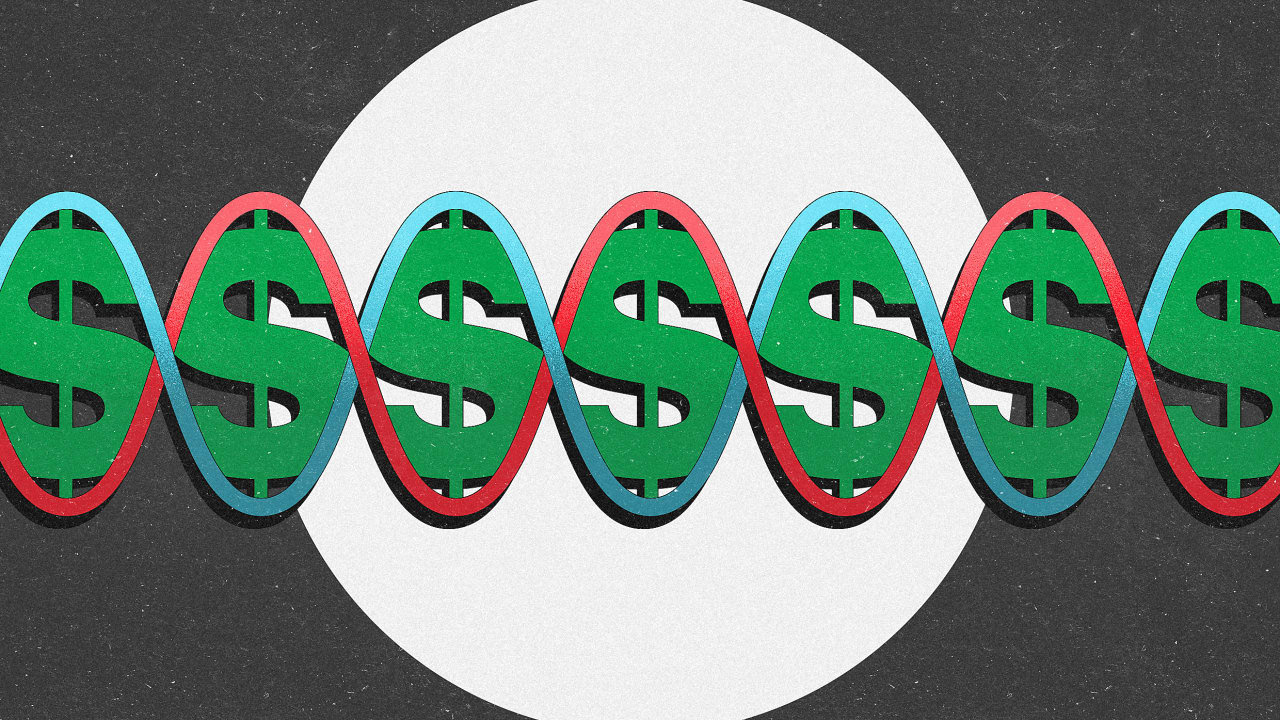Performance Optimization in Bootstrap Websites
Performance is the silent killer of user experience. No matter how beautiful your site looks, if it takes more than 3 seconds to load, 50% of users may bounce. Bootstrap is awesome for rapid UI development—but if you’re not careful, it can become a performance bottleneck. Here’s how to optimize your Bootstrap-powered website and make it lightning-fast without losing its design power. Why Bootstrap Needs a Performance Check While Bootstrap offers an out-of-the-box responsive framework, it includes a lot of things you might never use—which means extra CSS, JS, and HTTP requests that slow down your load time. Let’s fix that with some high-impact strategies. 1. Only Load What You Use (Custom Bootstrap Build) Instead of including the entire Bootstrap bundle, create a custom version with only the components you need. You can do this easily using Bootstrap’s official Customize tool: ✅ Remove unused components like modals, carousels, tooltips ✅ Use Sass to selectively import modules // Instead of importing everything @import "bootstrap"; // Use this @import "bootstrap/functions"; @import "bootstrap/variables"; @import "bootstrap/grid"; @import "bootstrap/utilities"; It’s like putting Bootstrap on a diet. 2. Minify and Combine Your CSS/JS Minifying reduces file size; combining reduces HTTP requests. Tools to use: Minifier.org Terser (for JS) Use Webpack, Gulp, or Vite to automate builds npm install terser -g terser main.js -o main.min.js -c -m Bonus: use tree-shaking for JavaScript! 3. Lazy Load Images & Components Loading all images upfront? That’s like cooking everything on a menu before someone even orders. Use loading="lazy" on images and async load scripts. 4. Eliminate Render-Blocking Resources Your critical CSS should load first, the rest can wait. Use tools like Critical by Addy Osmani to extract above-the-fold CSS and inline it. /* Critical CSS here */ This technique alone can dramatically improve First Contentful Paint (FCP). 5. Use a CDN for Bootstrap and Your Assets Why load Bootstrap locally when CDNs can deliver faster, globally? Use this: Bonus: CDNs often cache files in users’ browsers if they've visited other sites using the same libraries. 6. Audit Your Site with Lighthouse or PageSpeed Insights Want to know what’s really slowing your site? Run an audit using: Google PageSpeed Insights Lighthouse in Chrome DevTools These tools give real, actionable insights. You’ll be surprised how small tweaks can produce big gains. 7. Avoid jQuery (Yes, Really) Modern Bootstrap (v5+) doesn’t require jQuery—but many developers still include it by habit. Check your site: If you’re not using jQuery features, remove it. One less dependency = faster load. 8. Use Bootstrap Utilities Instead of Custom CSS Bootstrap’s utility classes reduce the need for custom styling, which helps reduce CSS file size and duplication. It’s cleaner, reusable, and Bootstrap handles the performance part for you. 9. Preload Key Resources Boost perceived performance by preloading fonts, images, or key scripts. Learn more about resource hints here. 10. Go Beyond – Try Bootstrap Alternatives When Needed Sometimes, you don’t need the whole of Bootstrap. Consider leaner alternatives like: Tailwind CSS Bulma They can give better performance out-of-the-box, especially when you don’t need full Bootstrap components.

Performance is the silent killer of user experience.
No matter how beautiful your site looks, if it takes more than 3 seconds to load, 50% of users may bounce.
Bootstrap is awesome for rapid UI development—but if you’re not careful, it can become a performance bottleneck.
Here’s how to optimize your Bootstrap-powered website and make it lightning-fast without losing its design power.
Why Bootstrap Needs a Performance Check
While Bootstrap offers an out-of-the-box responsive framework, it includes a lot of things you might never use—which means extra CSS, JS, and HTTP requests that slow down your load time.
Let’s fix that with some high-impact strategies.
1. Only Load What You Use (Custom Bootstrap Build)
Instead of including the entire Bootstrap bundle, create a custom version with only the components you need.
You can do this easily using Bootstrap’s official Customize tool:
✅ Remove unused components like modals, carousels, tooltips
✅ Use Sass to selectively import modules
// Instead of importing everything
@import "bootstrap";
// Use this
@import "bootstrap/functions";
@import "bootstrap/variables";
@import "bootstrap/grid";
@import "bootstrap/utilities";
It’s like putting Bootstrap on a diet.
2. Minify and Combine Your CSS/JS
Minifying reduces file size; combining reduces HTTP requests.
Tools to use:
Terser (for JS)
Use Webpack, Gulp, or Vite to automate builds
npm install terser -g
terser main.js -o main.min.js -c -m
Bonus: use tree-shaking for JavaScript!
3. Lazy Load Images & Components
Loading all images upfront? That’s like cooking everything on a menu before someone even orders.
Use loading="lazy" on images and async load scripts.
src="hero.jpg" alt="Hero Image" loading="lazy" />
4. Eliminate Render-Blocking Resources
Your critical CSS should load first, the rest can wait.
Use tools like Critical by Addy Osmani to extract above-the-fold CSS and inline it.
rel="stylesheet" href="styles.css" media="print" onload="this.media='all';" />
This technique alone can dramatically improve First Contentful Paint (FCP).
5. Use a CDN for Bootstrap and Your Assets
Why load Bootstrap locally when CDNs can deliver faster, globally?
Use this:
href="https://cdn.jsdelivr.net/npm/bootstrap@5.3.0/dist/css/bootstrap.min.css" rel="stylesheet">
Bonus: CDNs often cache files in users’ browsers if they've visited other sites using the same libraries.
6. Audit Your Site with Lighthouse or PageSpeed Insights
Want to know what’s really slowing your site?
Run an audit using:
These tools give real, actionable insights. You’ll be surprised how small tweaks can produce big gains.
7. Avoid jQuery (Yes, Really)
Modern Bootstrap (v5+) doesn’t require jQuery—but many developers still include it by habit.
Check your site:
If you’re not using jQuery features, remove it. One less dependency = faster load.
8. Use Bootstrap Utilities Instead of Custom CSS
Bootstrap’s utility classes reduce the need for custom styling, which helps reduce CSS file size and duplication.
class="custom-margin"> 



































































































































































![[The AI Show Episode 145]: OpenAI Releases o3 and o4-mini, AI Is Causing “Quiet Layoffs,” Executive Order on Youth AI Education & GPT-4o’s Controversial Update](https://www.marketingaiinstitute.com/hubfs/ep%20145%20cover.png)














































































































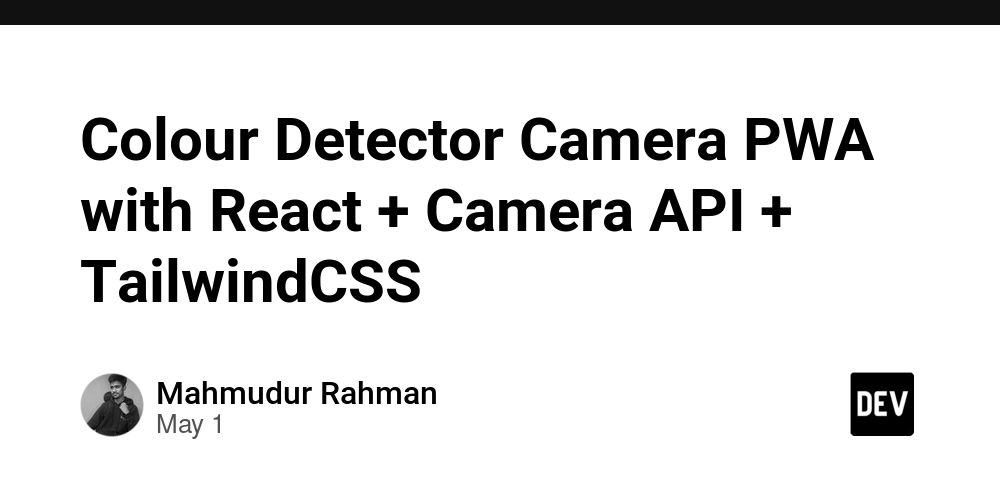















![[DEALS] Mail Backup X Individual Edition: Lifetime Subscription (72% off) & Other Deals Up To 98% Off – Offers End Soon!](https://www.javacodegeeks.com/wp-content/uploads/2012/12/jcg-logo.jpg)


















































































































.png?width=1920&height=1920&fit=bounds&quality=70&format=jpg&auto=webp#)
.png?width=1920&height=1920&fit=bounds&quality=70&format=jpg&auto=webp#)











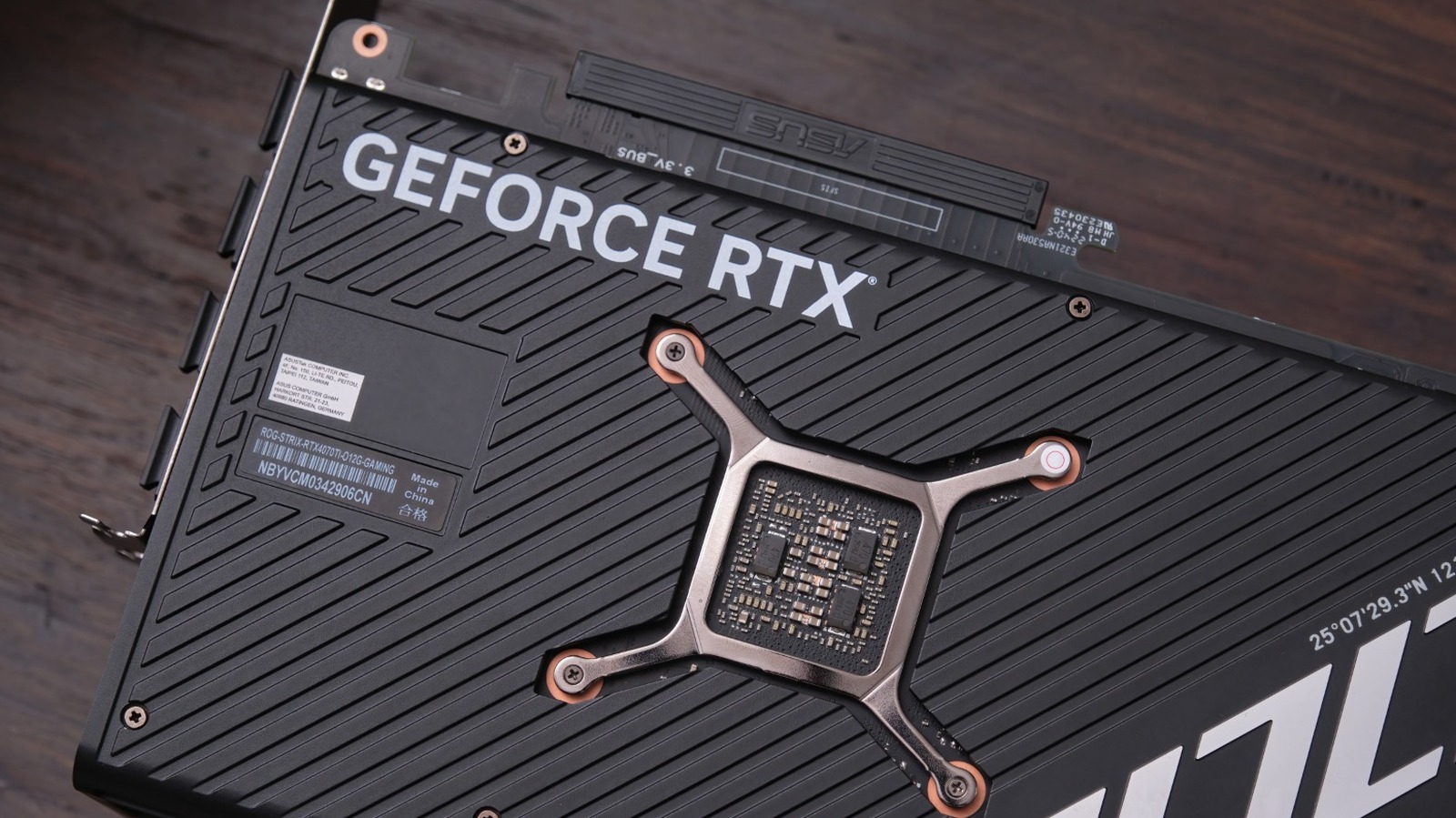




































































































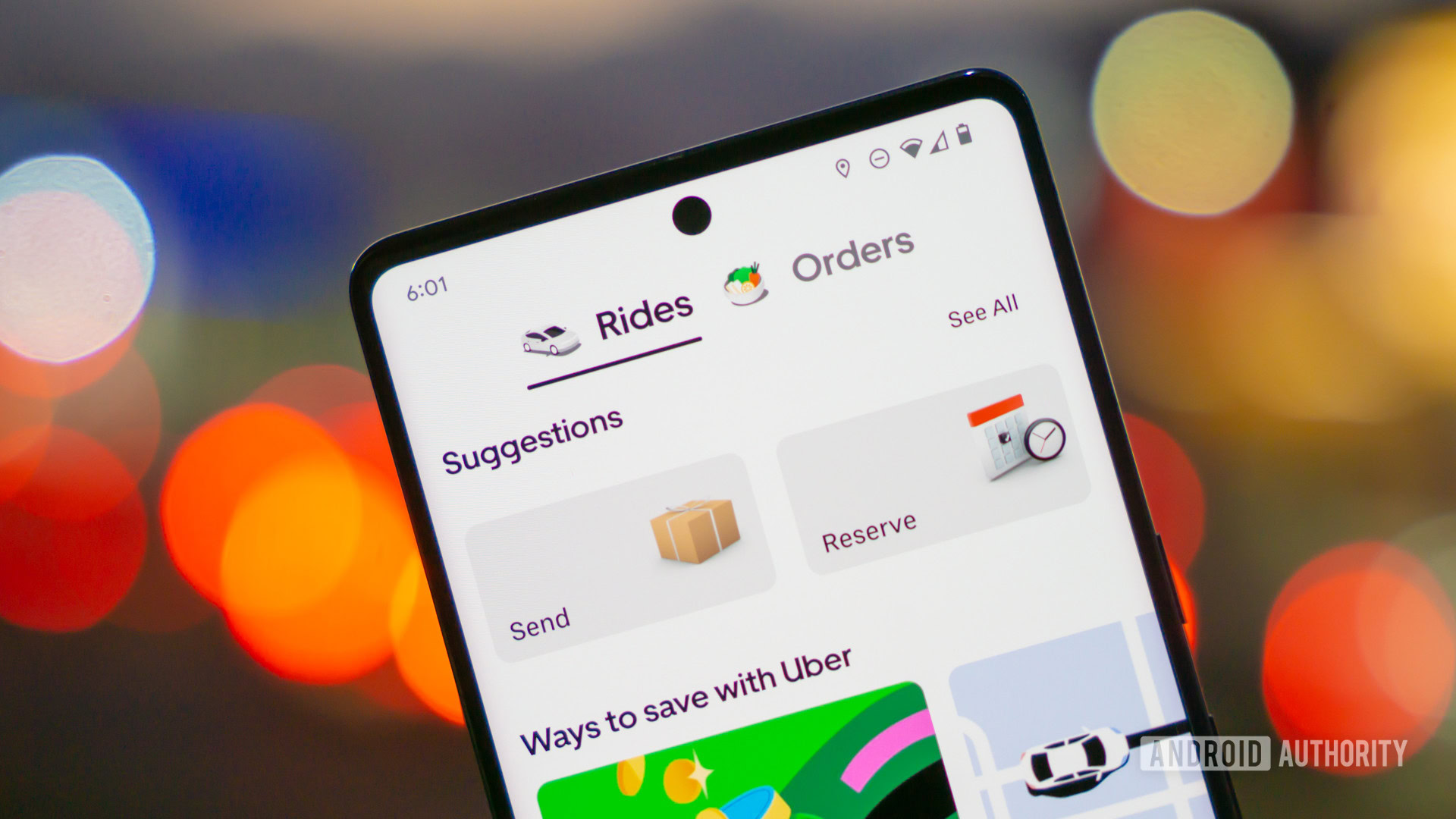






![Google Home app fixes bug that repeatedly asked to ‘Set up Nest Cam features’ for Nest Hub Max [U]](https://i0.wp.com/9to5google.com/wp-content/uploads/sites/4/2022/08/youtube-premium-music-nest-hub-max.jpg?resize=1200%2C628&quality=82&strip=all&ssl=1)
































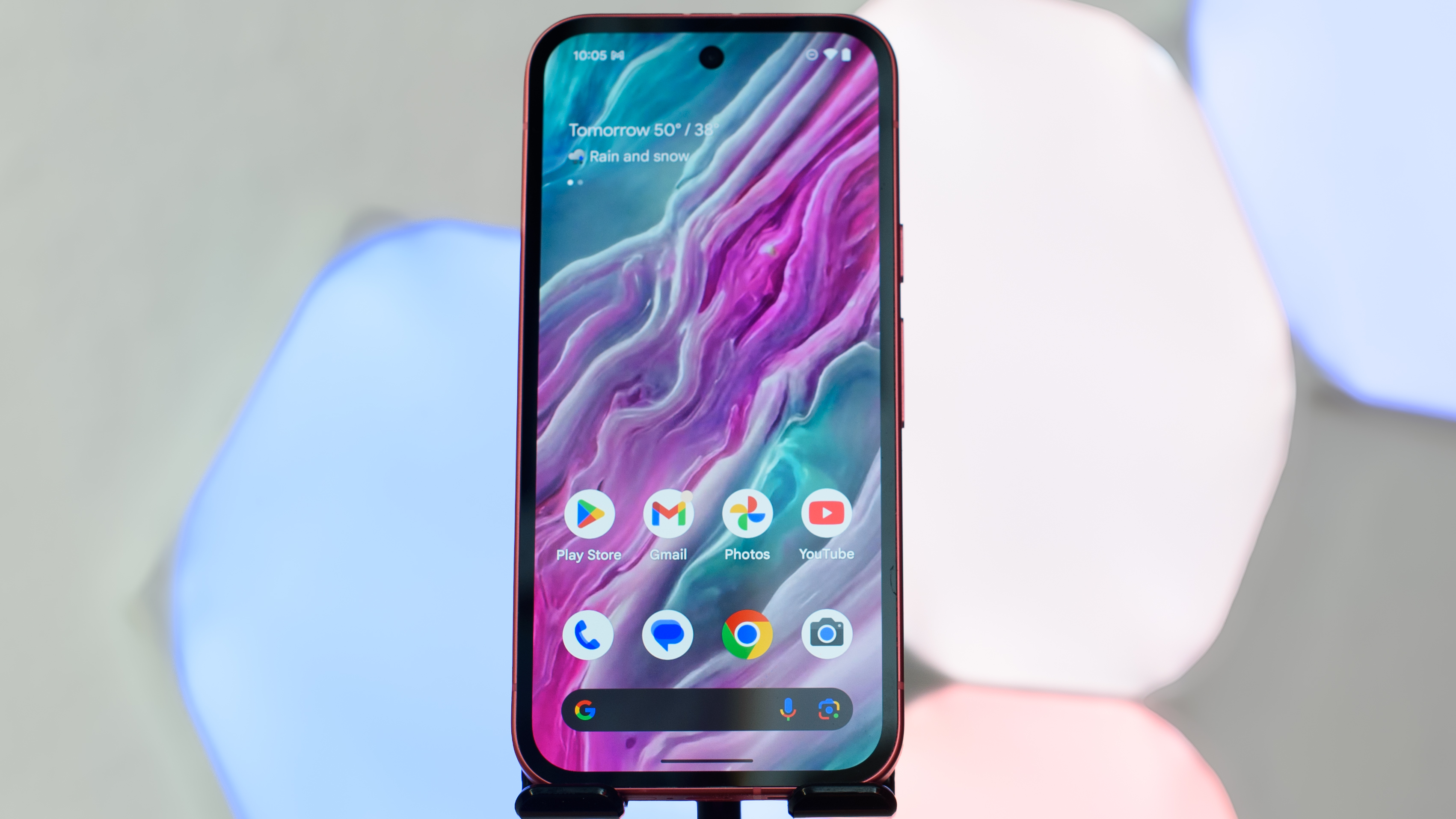


























![Epic Games Wins Major Victory as Apple is Ordered to Comply With App Store Anti-Steering Injunction [Updated]](https://images.macrumors.com/t/Z4nU2dRocDnr4NPvf-sGNedmPGA=/2250x/article-new/2022/01/iOS-App-Store-General-Feature-JoeBlue.jpg)





![T-Mobile is phasing out plans with included taxes and fees starting tomorrow [UPDATED]](https://m-cdn.phonearena.com/images/article/169988-two/T-Mobile-is-phasing-out-plans-with-included-taxes-and-fees-starting-tomorrow-UPDATED.jpg?#)




















